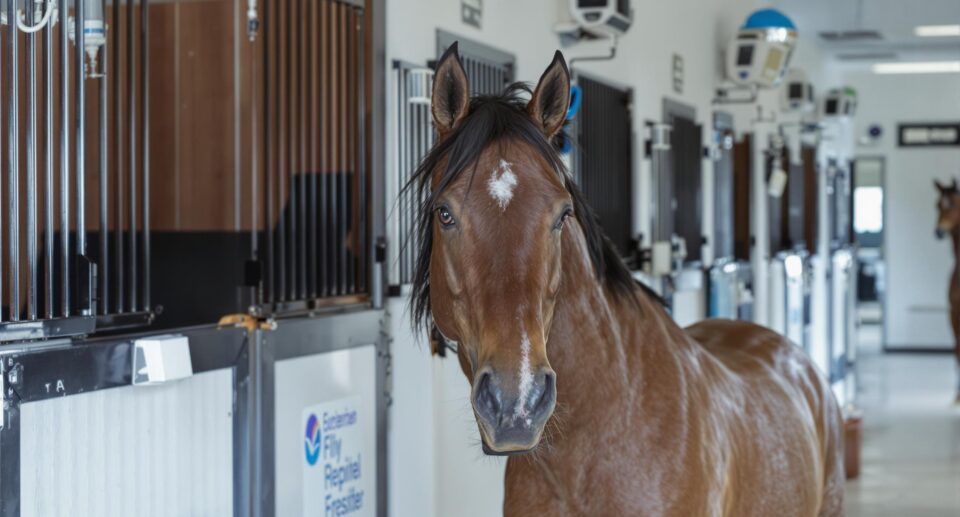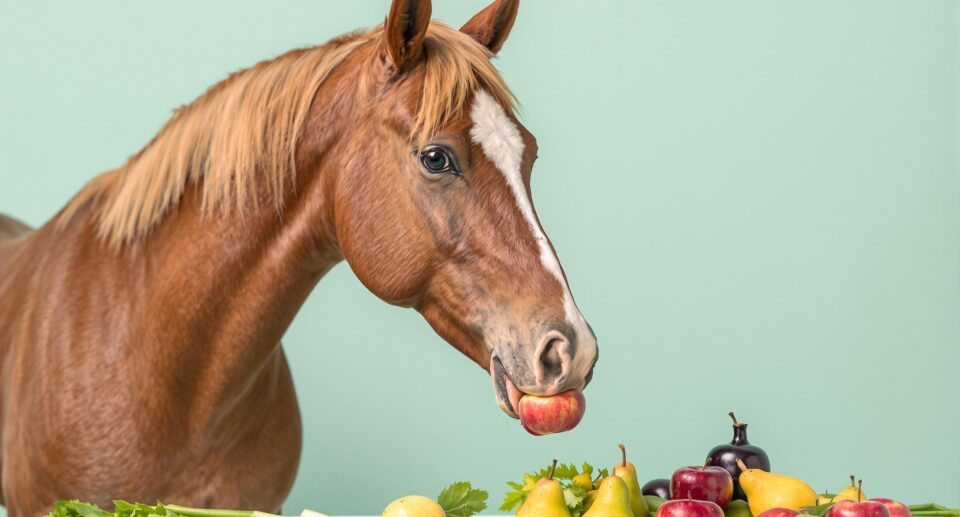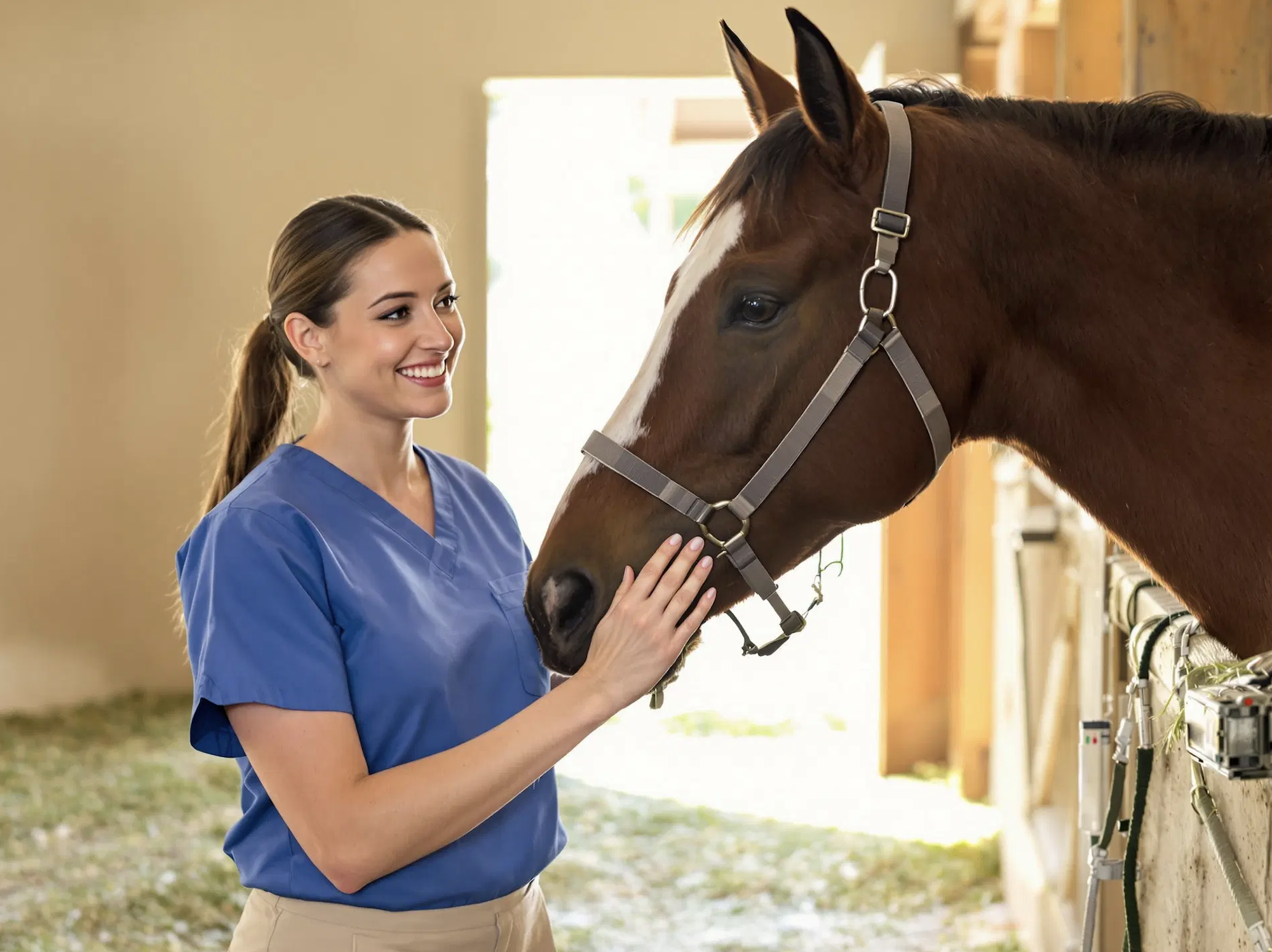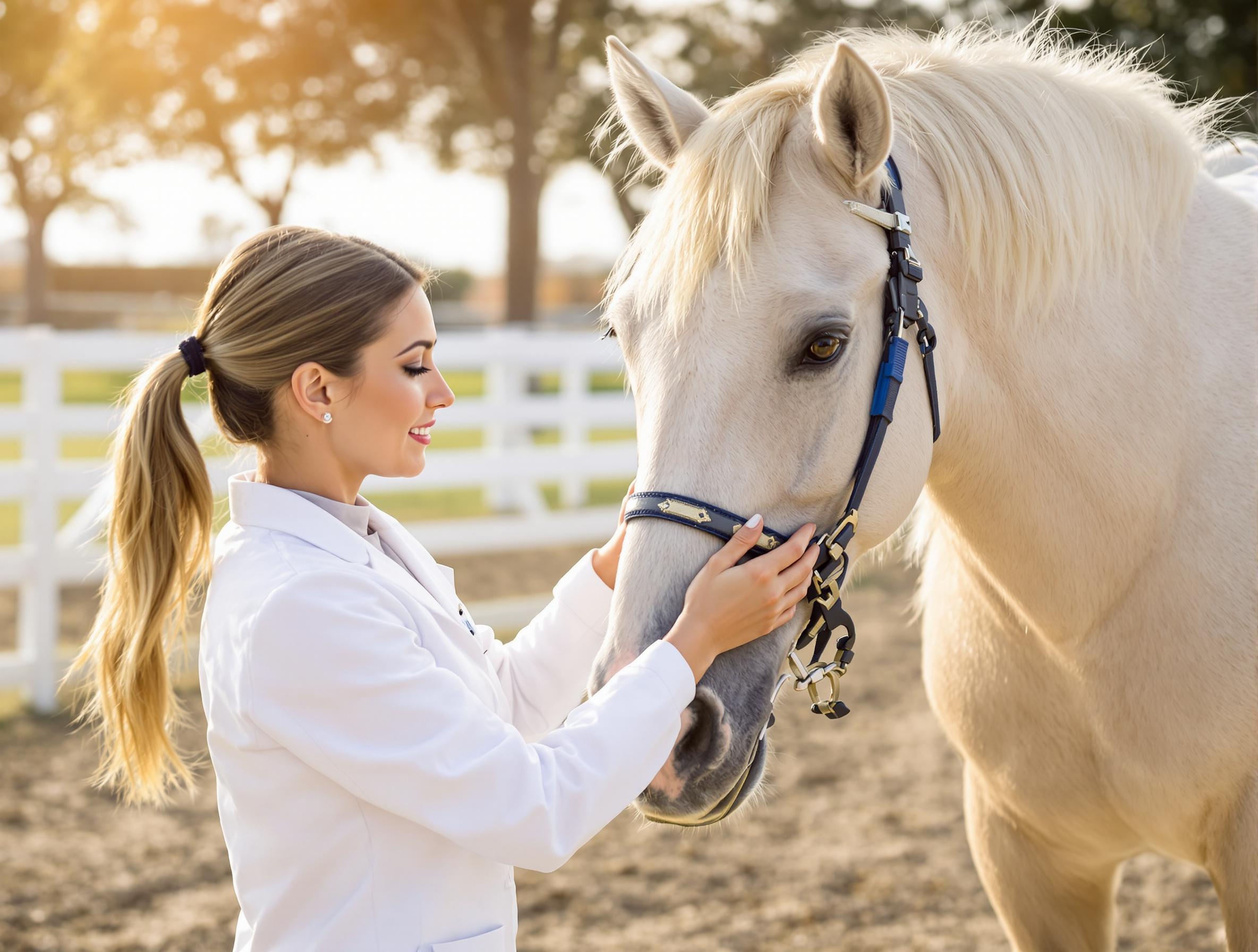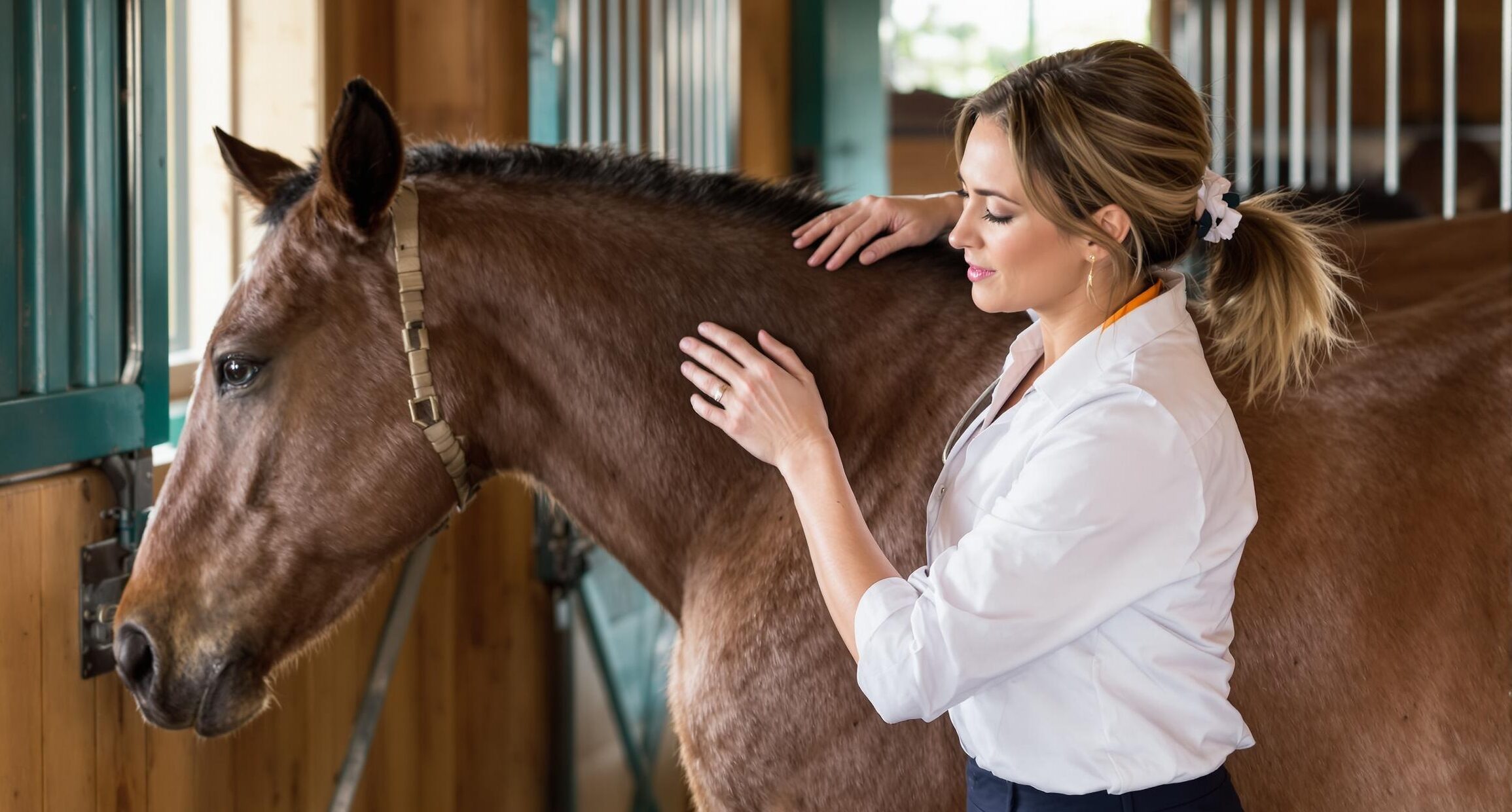Hay Feeding Selection and Storage
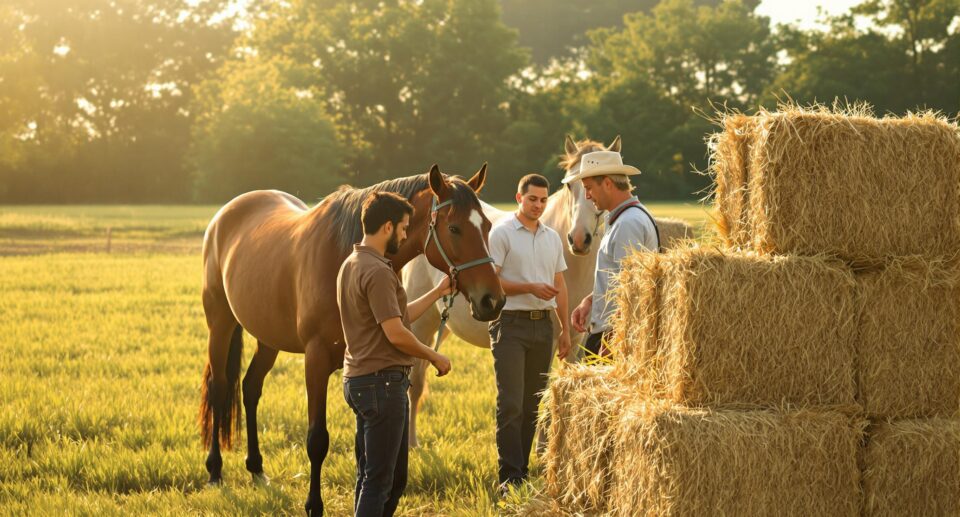
For your horse, hay is a superfood. It can provide all of the nutrients they need to thrive, plus the stimulation they need when they’re not able to graze.
Here’s everything you need to know about feeding, selecting, and storing hay for your horse.
How To Feed Hay To Your Horse
Forage should be the primary source of your horse’s diet. Hay can be used to supplement or take the place of grazing in pasture during the winter or when all-day access to pasture is not possible.
Feed hay up off the ground or on a rubber mat to prevent your horse from ingesting dust and other foreign matter, which can lead to colic.
Hay can be soaked or steamed to accommodate horses with certain medical needs. Soaking and steaming both reduce dust, which is preferred for horses with respiratory issues. Soaking reduces sugar content, but it can deplete other nutrients as well. Steaming hay before feeding kills mold and reduces dust without as much loss of nutrients as soaking.
Selecting Hay To Feed Your Horse
Grass hay is affordable and provides sufficient nutrition for most horses. Species of grass hay include fescue, orchard, timothy, and ryegrass.
Legume hay includes alfalfa, peanut, and clover. It’s high in protein, calcium, and calories. Legume hay is good for high performance horses and those who are growing, lactating, or pregnant.
Mixed hay may include a blend of different species of grass, or a mixture of legume and grass hay. You might feed a mixed hay that contains a palatable and not-as-palatable species to encourage your horse to eat both. A mix that contains both legume and grass hay can be an affordable way to give your horse more nutrients than they would get from just grass hay.
When purchasing hay, you’ll want to break open a bale or two to check for quality, mold, and moisture content.
Avoid buying hay that has a high ratio of stems to leaf material. Leaves contain more calories and nutrients, and horses prefer the soft texture over hard, woody stems. Stems are a good source of fiber, though, so some stem content is desirable.
Do not purchase hay that has any sign of mold or mildew, or that is high in moisture. Moldy hay can contribute to respiratory issues in horses. Bales should be tightly bound to keep mold growth at bay.
Hay should be green, and it should have a sweet aroma. It is acceptable for the hay to be yellow on the outside, as this is indicative of harmless sun damage, but if it is yellow throughout, it may be affected by rain damage, which diminishes the nutrient content.
How To Store Hay For Your Horse
Stored properly, your horse’s hay can stay fresh and good to feed for up to two years.
Hay should be protected from rain and other sources of moisture, from the sun, and from pests. It also needs to be well ventilated to prevent moisture buildup.

